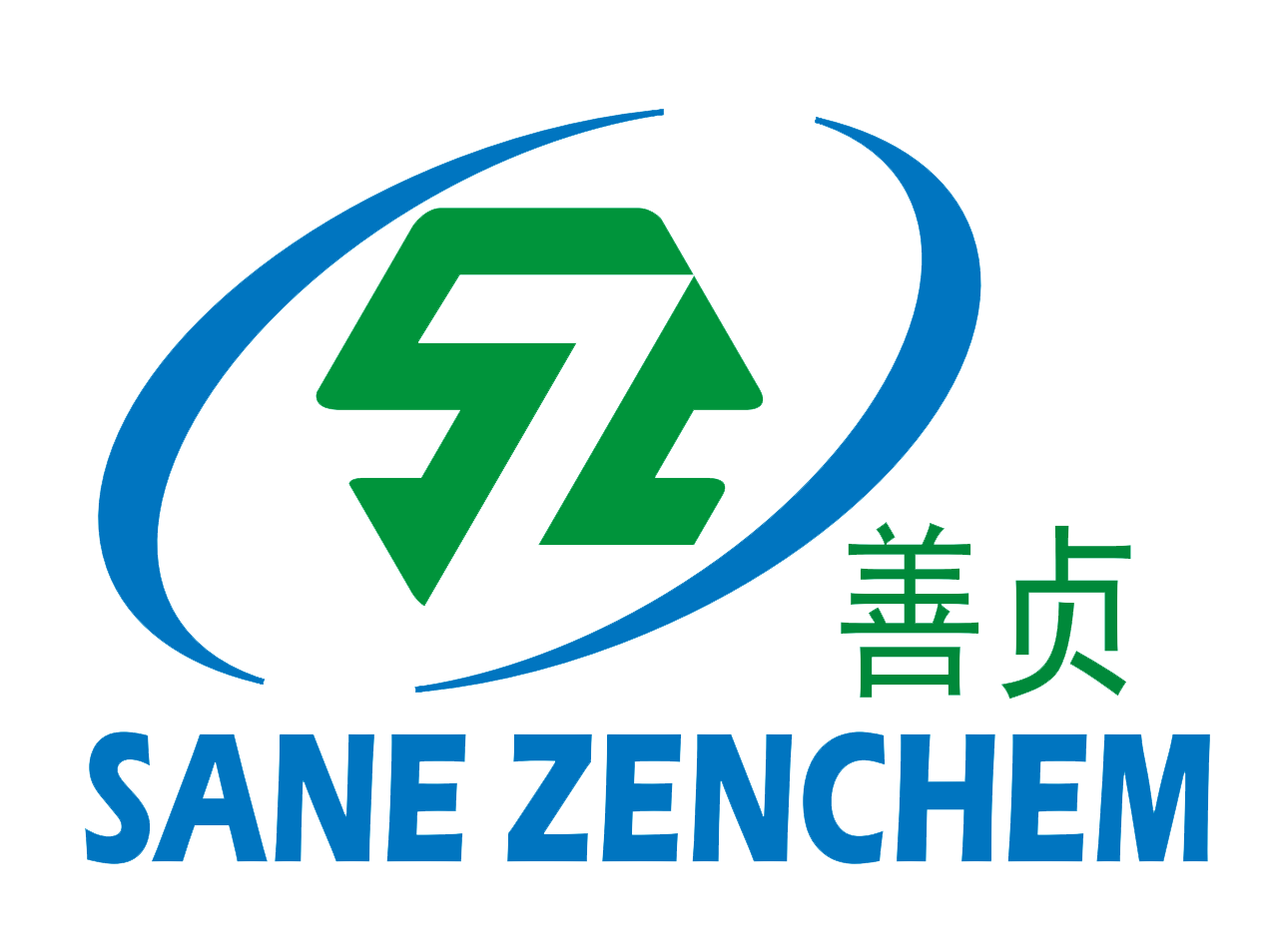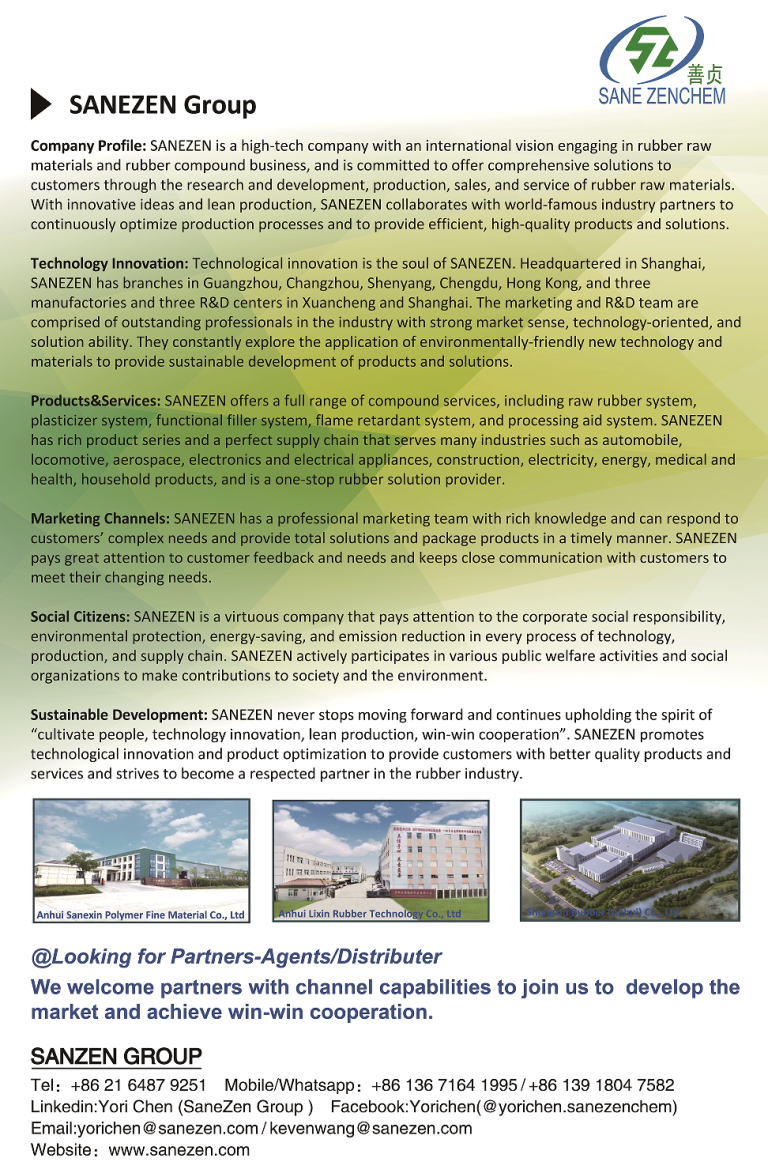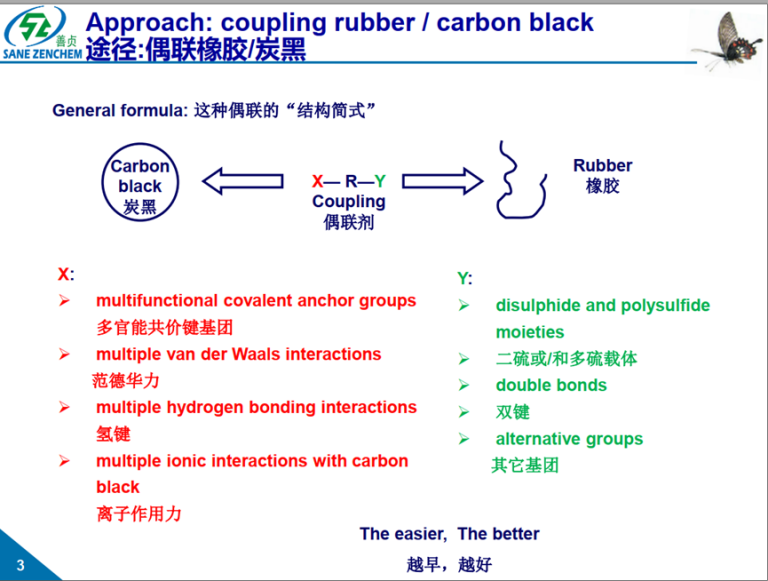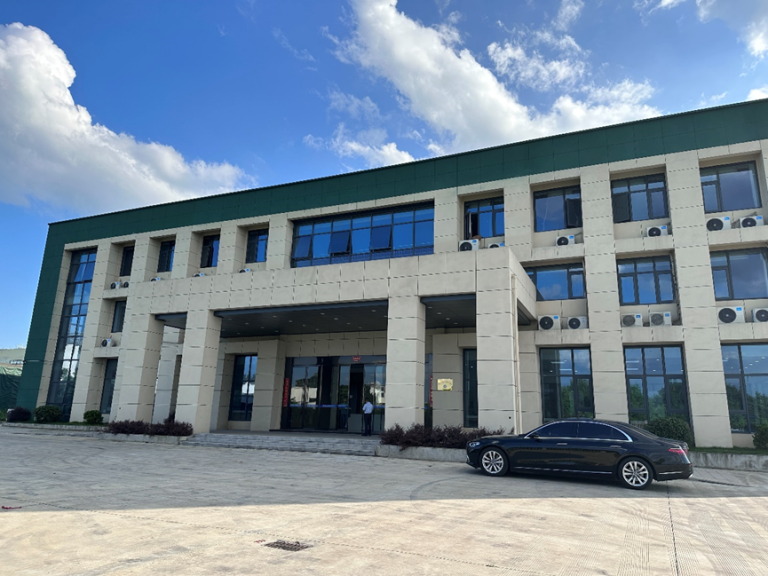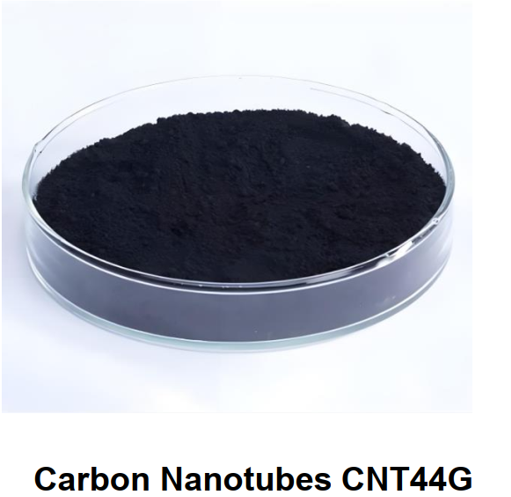Silica Dispersant and Carbon Black Dispersant: DP Series’ Systematic Solution for Solving Filler Dispersion Bottlenecks

In the rubber industry, the term “Carbon Black Dispersant” is often mentioned but rarely explored in depth. From a traditional perspective, dispersants are categorized as “Rubber Processing Aid“, their value confined to improving processes. However, based on in-depth research into…
